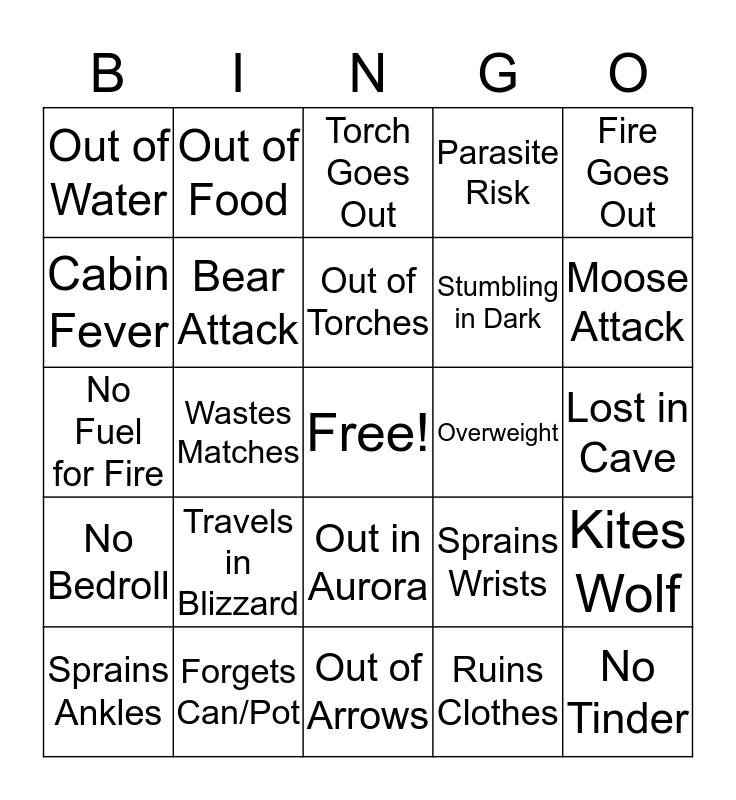
/pic1206988.jpg)
3.17 June 2003: Way in the Middle of the Air.3.7 June 2001/2032: -And the Moon Be Still as Bright.1.2 Chronicle structure and plot summary.On Bradbury's award of a Pulitzer Prize Special Citation in 2007, the book was recognized as one of his "masterworks that readers carry with them over a lifetime." The outcomes of many stories raise concerns about the values and direction of America of the time by addressing militarism, science, technology, and war time prosperity that could result in a global nuclear war (e.g., " There Will Come Soft Rains" and " The Million-Year Picnic") depopulation that might be considered genocide (e.g., " The Third Expedition", " -And the Moon Be Still as Bright" and " The Musicians") racial oppression and exploitation (e.g., " Way in the Middle of the Air") ahistoricism, philistinism, and hostility towards religion (e.g., " -And the Moon Be Still as Bright") and censorship and conformity (e.g., " Usher II"), among others.



The book is a work of science fiction, apocalyptic and post-apocalyptic fiction, dystopian fiction, and horror that projects American society immediately after World War II into a technologically advanced future where the amplification of humanity's potentials to create and destroy have both miraculous and devastating consequences.Įvents in the chronicle include the apocalyptic destruction of both Martian and human civilizations, both instigated by humans, though there are no stories with settings at the catastrophes. The Martian Chronicles is a science fiction fix-up novel, published in 1950, by American writer Ray Bradbury that chronicles the exploration and settlement of Mars, the home of indigenous Martians, by Americans leaving a troubled Earth that is eventually devastated by nuclear war.


 0 kommentar(er)
0 kommentar(er)
